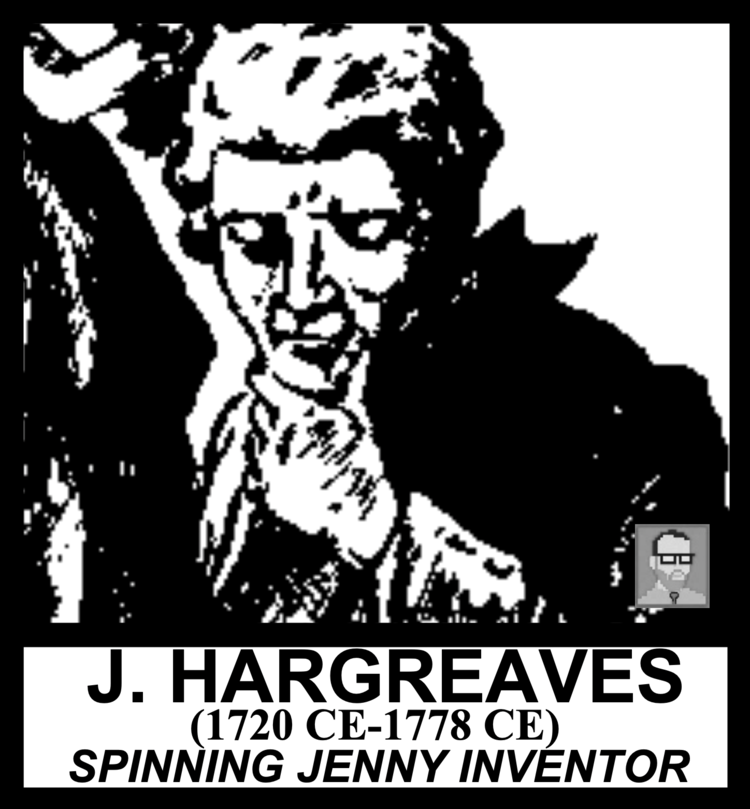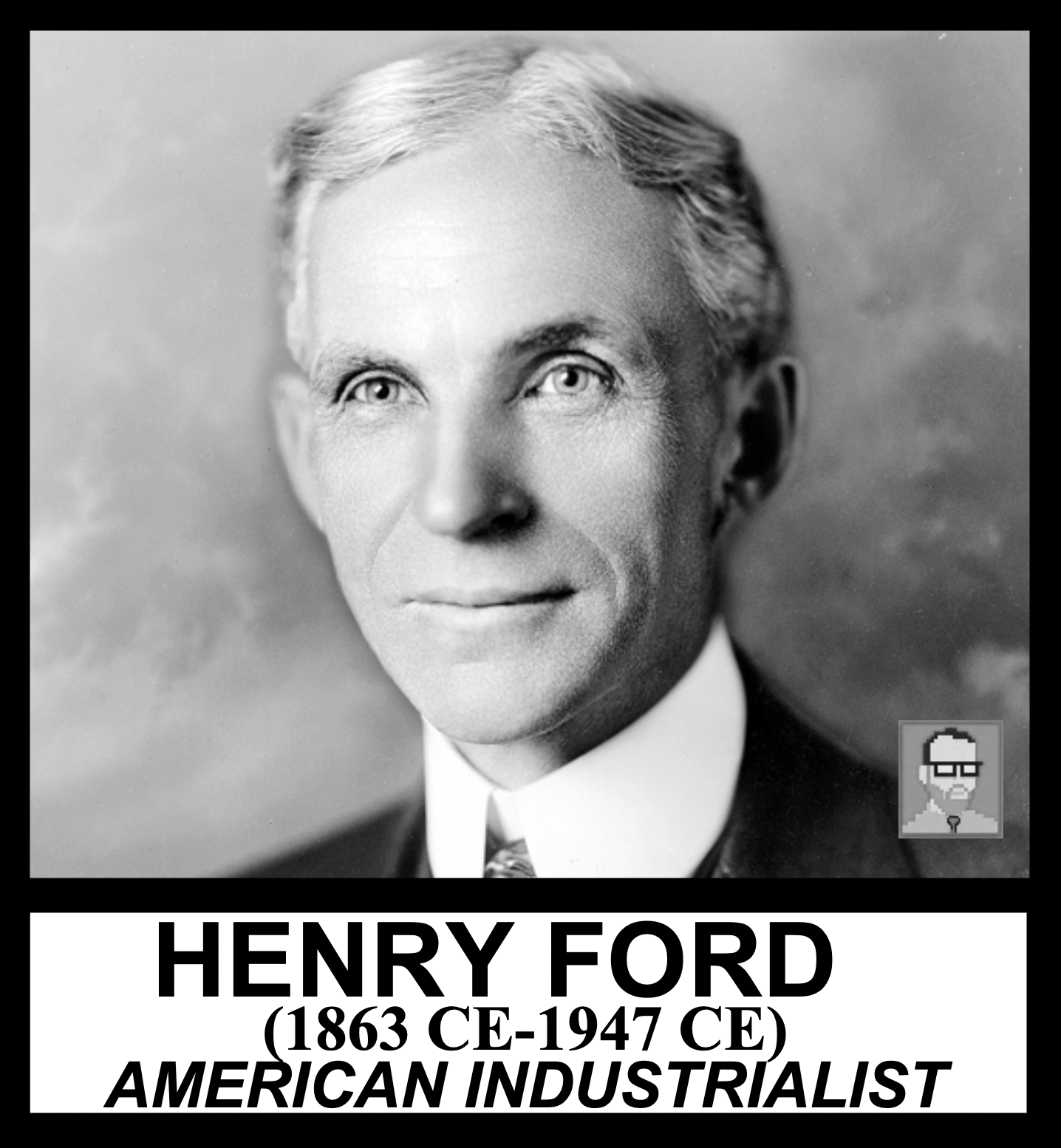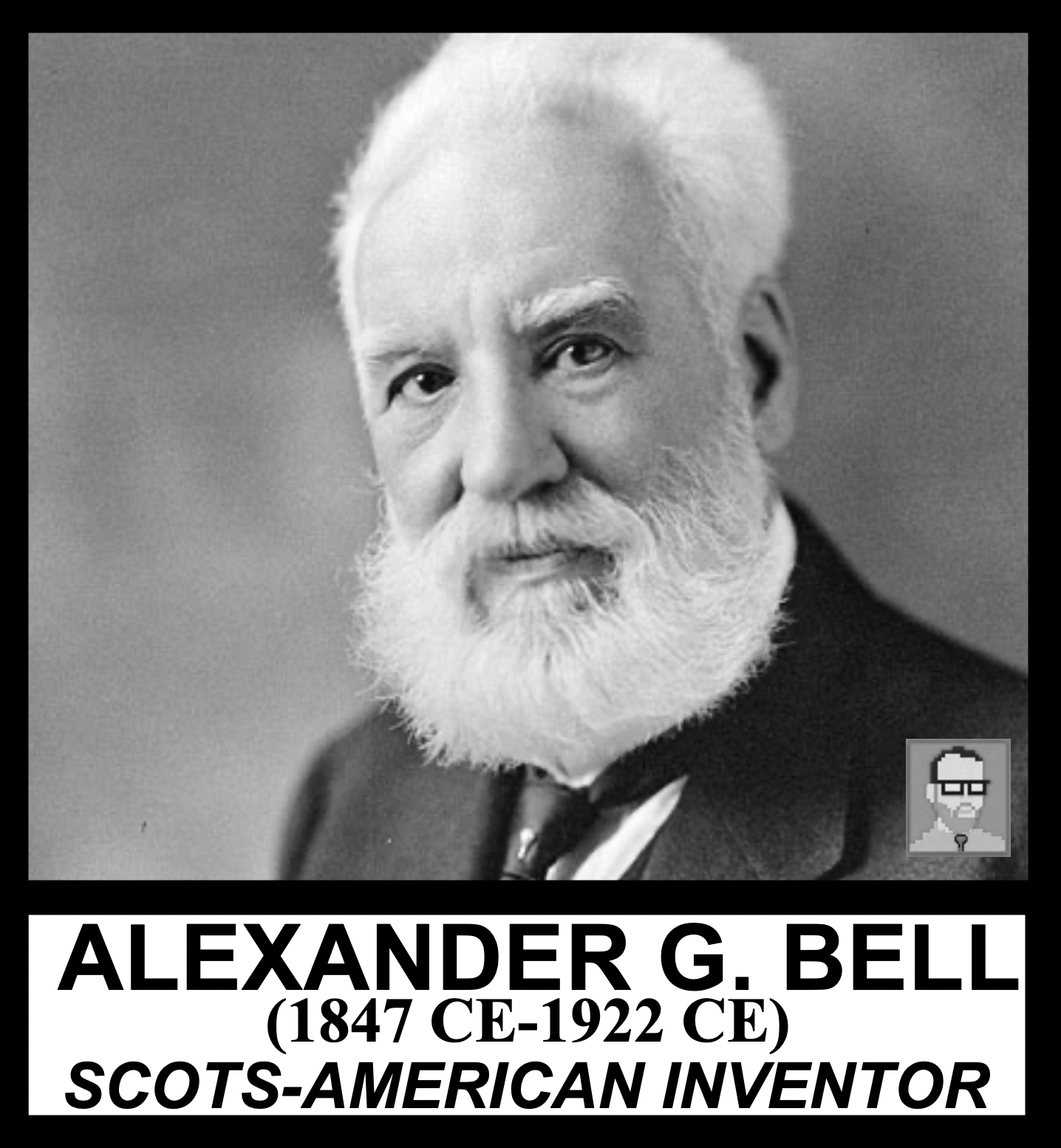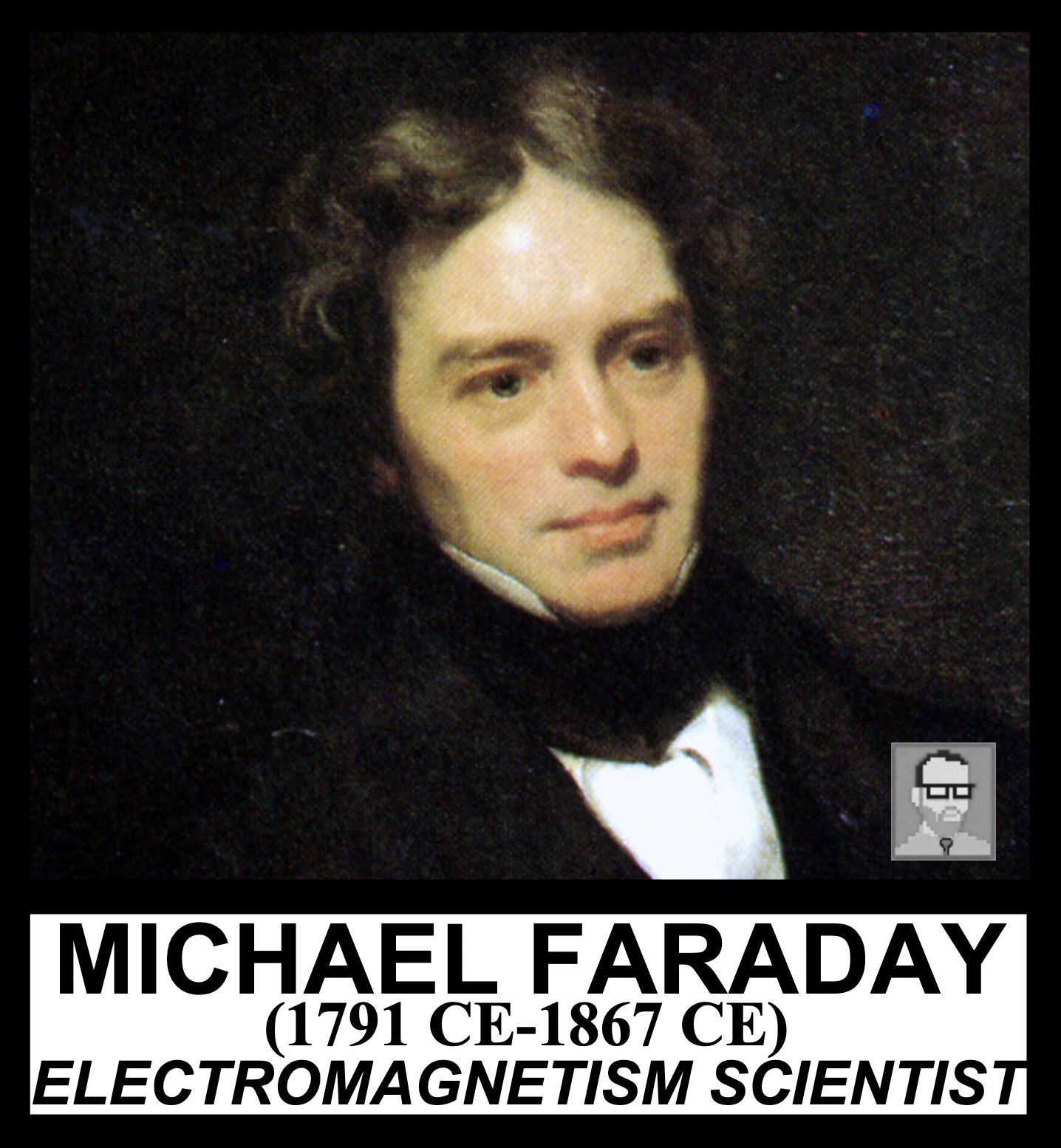Finally… All of this talk about “progress”, “advancements”, “improvements”, “production”… But, HOW? Let’s focus for a second on the actual means of production. How are they sewing so fast? How did they get that yarn spun so quick? How does boiling water make energy? How does dead dinosaur oil explosions make a car run? Why are the buildings so tall now? Why is everyone rushing to live all cramped in a city? THESE are the technologies that reshaped the historical world to something that looks more modern.
6. TELEPHONE
7. RADIO
8. INTERNAL COMBUSTION ENGINE
9. ASSEMBLY LINE
10. ELECTRICITY
INDUSTRIAL REVOLUTION from CRASH COURSE
MICHAEL FARADAY & ELECTRICITY
THE BESSEMER PROCESS from RON WEASLEY’S DAD
ALEXANDER GRAHAM BELL’S TELEPHONE
HENRY FORD’S ASSEMBLY LINE
WHO INVENTED THE RADIO: MARCONI vs. TESLA
MORSE CODE



























